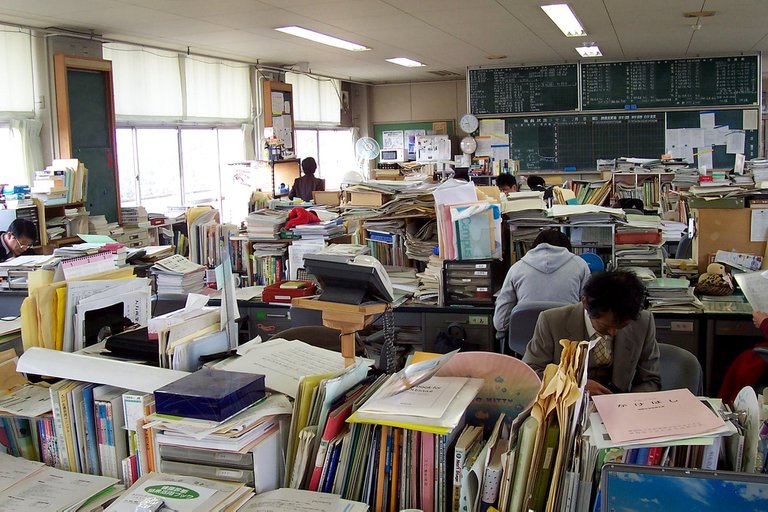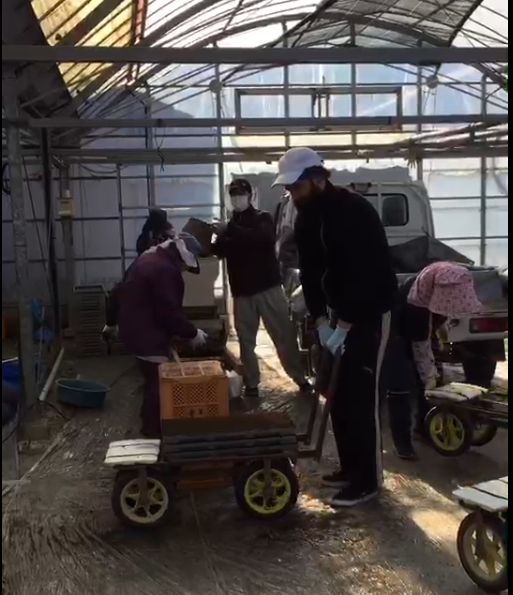My Two Cents
To say that Japanese culture is different than western culture is a bit of an understatement. There are so many differences that many of them jump out at you after you have spent a decent amount of time in the country. Today I would like to talk about the difference between how Japanese people learn things and how Americans learn things.A New Chapter
When I first moved to Japan as an Assistant Language Teacher with the JET Program I was ready to learn what my duties were and what the Japanese teachers whom I would be working with expected of me. As I had never worked in a Japanese school before, I expected to be given many instructions ranging from how to conduct myself in the classroom, how to interact with students, what to plan for lessons and even general rules of the school. Little did I know, despite my Japanese studies and time spent traveling in Japan in the past, things tend to be done a bit differently than what I was used to back home in the states. A typical Japanese school office.
A typical Japanese school office.
Read the Air
For the longest time I kept thinking things such as, "Am I doing a good job?" "Do they like me?" "What should I do if ....?" and was a little surprised that I received little verbal instruction from anyone at the schools that I worked out. As It turns out the way of learning in Japan tends to differ from that in the States. Japanese tend to learn by observing what others are doing around them and then following those actions being especially careful to not behave in a way or do things that the people around them are doing. Admittedly this was hard for me to grasp at first as I was used to being given lots of verbal instruction at all of the jobs that I had worked at. This also made me realize that maybe the Japanese way of doing things is a bit more intuitive and helps to develop the ability to sense the situations going on around you and adapt to them.Down on the Farm
Another example of a time when I realized this was when I helped my in-laws plant rice one day. Despite the fact that I had never done this before, I received little direct instruction as to what I should be doing and instead I was expected to look at what the others who were helping out were doing and follow along. It was at this time that I had recalled my first experiences with this kind of non-verbal training that I had encountered in the Japanese schools I worked at when I was an Assistant Language Teacher.
One of these is not like the others.
Holy crap look who wrote a post!
The creative juices are flowing.
Sweet! Can't wait for your next post in February!
Following along with what others do is a useful skill to have when traveling anywhere. It's kind of funny how there are all these articles on the web about "10 Things You Shouldn't Do In (Fill in the Blank)," when all you really need to do for the most part is pay attention.
So true! Sadly I think that most American people kind of expect for locals to adapt to them when they travel, and won't do something unless it is directly stated to them.